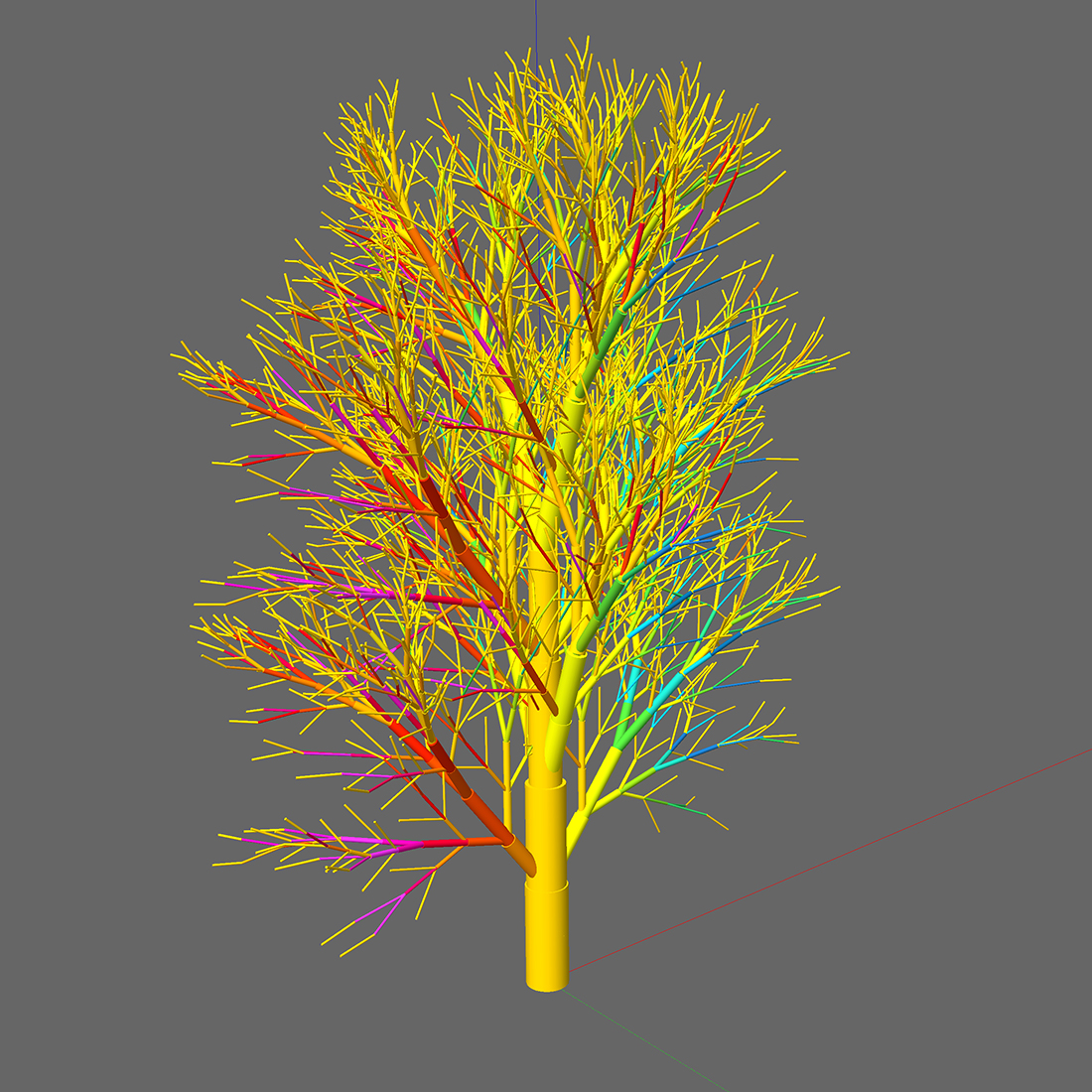Urban vegetation and heatwave mitigation
#Heat stress, #heatwaves, #Sustainable Cities, #Thermal Comfort, #Urban Heat Island, #Urban Microclimate, #urbanplanningLast week’s record-breaking temperatures spotlighted the dire consequences of extreme heatwaves, emphasizing the need to tackle their impacts more proactively.
The Role of Vegetation in Urban Cooling
Incorporating vegetation in various forms stands out as one of the paramount solutions to lessen the heat burden, particularly within urban settings. Yet, as we see temperatures soar and experience prolonged dry periods, the cooling influence of vegetation becomes less pronounced.
Beyond just providing shade, vegetation’s primary role in battling high temperatures lies in its capacity for evaporative cooling. This process involves the release of water vapor through the leaf stomata, which cools both the leaves and the surrounding air.
Challenges of Urban Vegetation
This cooling method hinges on the immediate replacement of water the canopy transpires with liquid water the root system pulls from the soil. When the soil-root system can’t provide sufficient water, the plant’s internal water transport in the trunk and branches fails, preventing leaves from cooling themselves. Leaf temperatures exceeding 42 °C lead to irreversible damage in plant tissue for most species. And, even in instances where urban vegetation is meticulously managed and adequately watered, many urban trees don’t have the needed root space to draw the necessary water from the soil.
Introducing ENVI-met V5.5: A Game-Changer
Enter ENVI-met V5.5. This latest release offers breakthrough solutions for the challenges brought about by intense heatwaves. The update amplifies the algorithms that manage intricate Soil-Root combinations, catering specifically to the blend of water-resistant soils and organic soils typical in city landscapes.
With ENVI-met V5.5, users can delve deeper into understanding the ramifications of extreme heat on cityscapes. The release also introduces an innovative feature for tracking individual 3D trees within its modeling domain, producing vital data on their condition throughout the simulation. By harnessing these new tools, urban planners and environmentalists can more effectively analyze and counteract the repercussions of severe heatwaves in metropolitan zones.
